These images may look like scenes from the Star Wars movie, and they are, as this area was used for many of its sets due to its unique stone formations that appear otherworldly. I spent some of my days off for the national Kurum Beyran Holidays in the region of Cappadocia, Kapadokya in Turkish. However, it is not just geology that created this landscape. Various historic events also shaped this area in special ways.
Turkey’s history is long and as a cross roads between Asia and Europe, it was prime land for conquests. You can see evidence of many of them in this region alone. If you have an interest in history, I would recommend reading about this region. I will not be able to do it justice in this short blog post.
As a continuation of my China Silk Road travel and research, I once again found myself in carved out caves. Many were used for places of worship, Christian in this region, as opposed to Buddhist in China. Frescos in the caves in Cappadocia ranged from primitive patterns painted directly on the stonewalls with red iron oxide to wet fresco techniques in ornate and colorful Byzantine style.
The rock formations also served as homes at various times. We visited one village where Greeks once lived in carved out buildings in the architectural styles found in Greece at the time. You will also notice lots of small holes in the rocks. Pigeons played an important role for a number of reasons. Primarily, they provided fertilizer for the land, which was not particularly fertile. Their eggs, of course, provided food. And interestingly, there was a third reason of importance. The eggshells were used as gesso for the alfresco murals in the cave churches.
After climbing some harrowing heights we went underground eight stories. The Hittites used one level for food storage. During the Roman conquest, the Christians continued to dig layers, creating an underground city with dining areas, dormitories, a church, etc. We had to crawl through small tunnels and climb many stairs to see this remarkable site. This, as well as many other of the sites in this region, are UNESCO Heritage Sites. They do good work!
I will write another post about my stay in Avanos, a pottery village, and the unique hotel I stayed in there while visiting Cappadocia.
Disclaimer: This is not an official Department of State website, and the views and information presented are my own and do not represent the Fulbright Program or the Department of State.
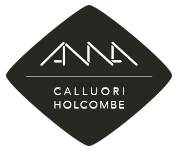
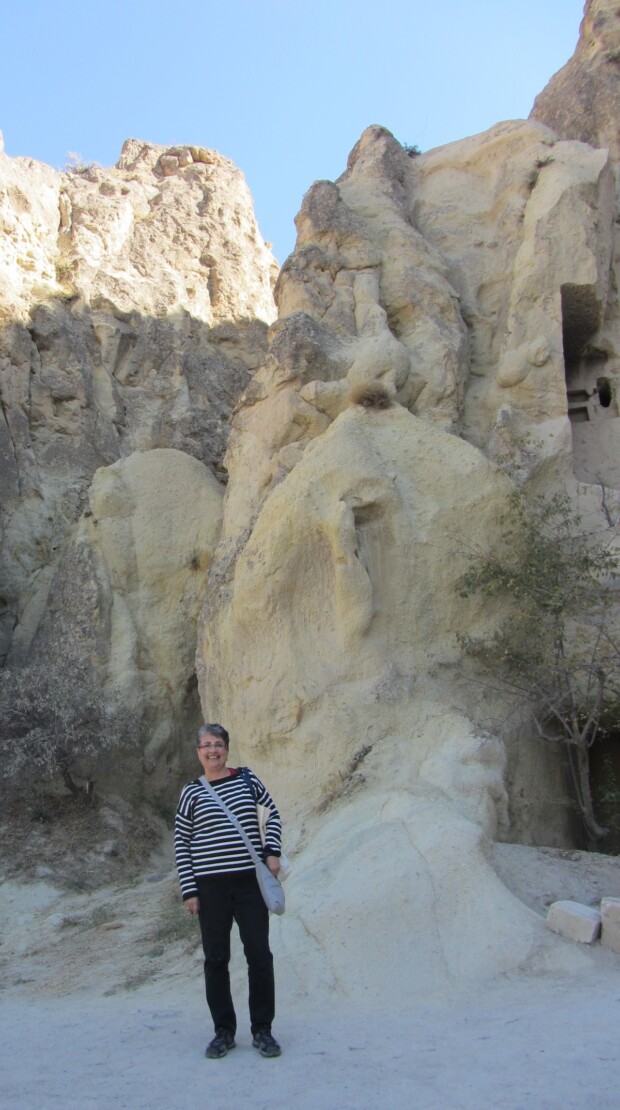
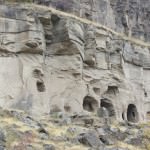
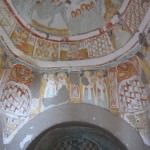
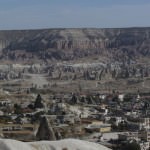
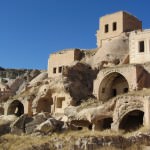
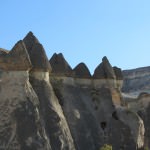
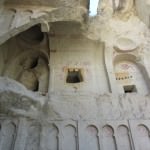
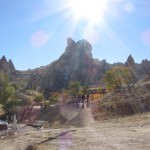
Recent Comments